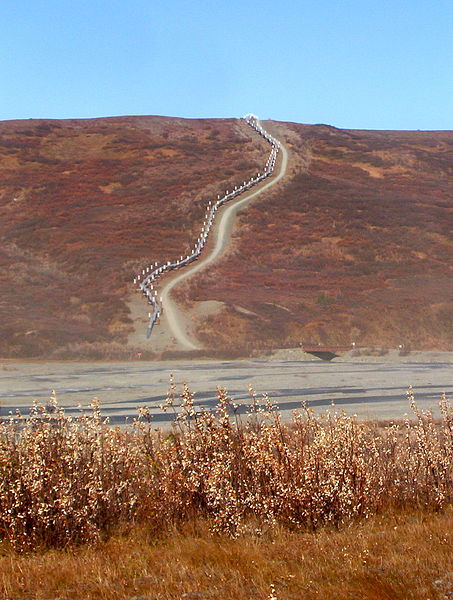|
The Mackenzie Valley Pipeline Inquiry
Also known as the Berger Inquiry after its commissioner, Justice Thomas Berger, the inquiry was commissioned by the
Government of Canada in 1974 to investigate the social, environmental, and economic impact of a proposed gas pipeline
that would run through the Yukon and the Mackenzie River Valley of the Northwest Territories
. This proposed project
became known as the Mackenzie Valley Pipeline. The inquiry cost C$5.3 million, and produced over 40,000 pages of text
and evidence. Berger's account of the inquiry process, Northern Frontier, Northern Homeland, became the best-selling
book ever published by the Government of Canada.
|
|
 |
Justice Berger heard testimony from diverse groups with an interest in the pipeline. Fourteen groups became full
participants in the inquiry, attending all meetings and testifying before the commission
. Berger traveled extensively in
the North in preparation for the hearings. He took his commission to all 35 communities along the Mackenzie River Valley,
as well as in other cities across Canada, to gauge public reaction. In his travels he met with aboriginal (i.e. Dene, Inuit,
Métis) and non-aboriginal residents. He also held formal hearings in Yellowknife to get the views of experts about the
proposal. Following this, he held community hearings across the Northwest Territories and the Yukon, which played an
important role in shaping his views. As a result of this extensive process, the commission made two major
recommendations: 1) that no pipeline be built through the northern Yukon, and 2) that the construction of a pipeline
through the Mackenzie Valley should be delayed for 10 years
.
The inquiry was notable for the degree of knowledge sharing by aboriginal and non-aboriginal communities in an open-
ended process, which ensured that all those who wanted to engage in the process were heard, and that traditional
knowledge was incorporated into the decision
. The inquiry was also among the first federal environmental processes
to consider cumulative environmental, socioeconomic and cultural effects from multiple resource development projects
at a regional scale
. Its methodology drew international attention and was replicated in neighbouring Alaska in the
following decade. The findings of Justice Berger's report had great influence on environmental impact, economic impact,
and social impact decision-making processes; in particular, they served to strengthen and extend processes for
community-based, public deliberation that led to the development of formal environmental assessment processes across
Canada
.
 Decisions built on the best available evidence.
Decisions built on the best available evidence.





